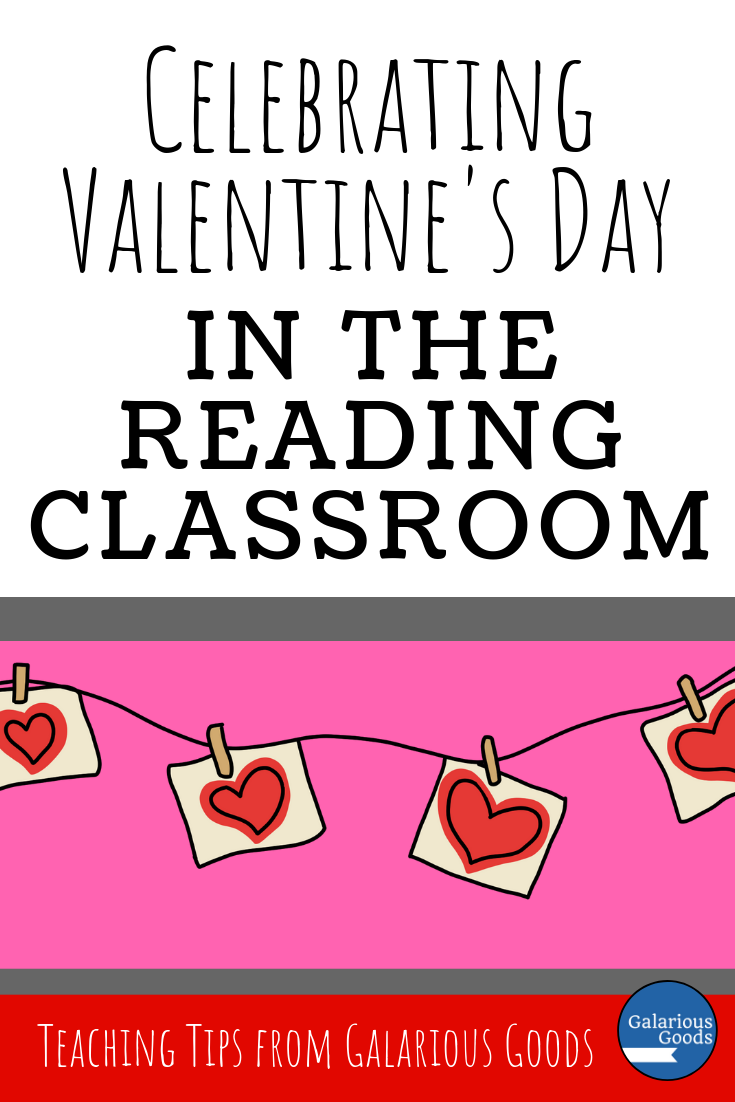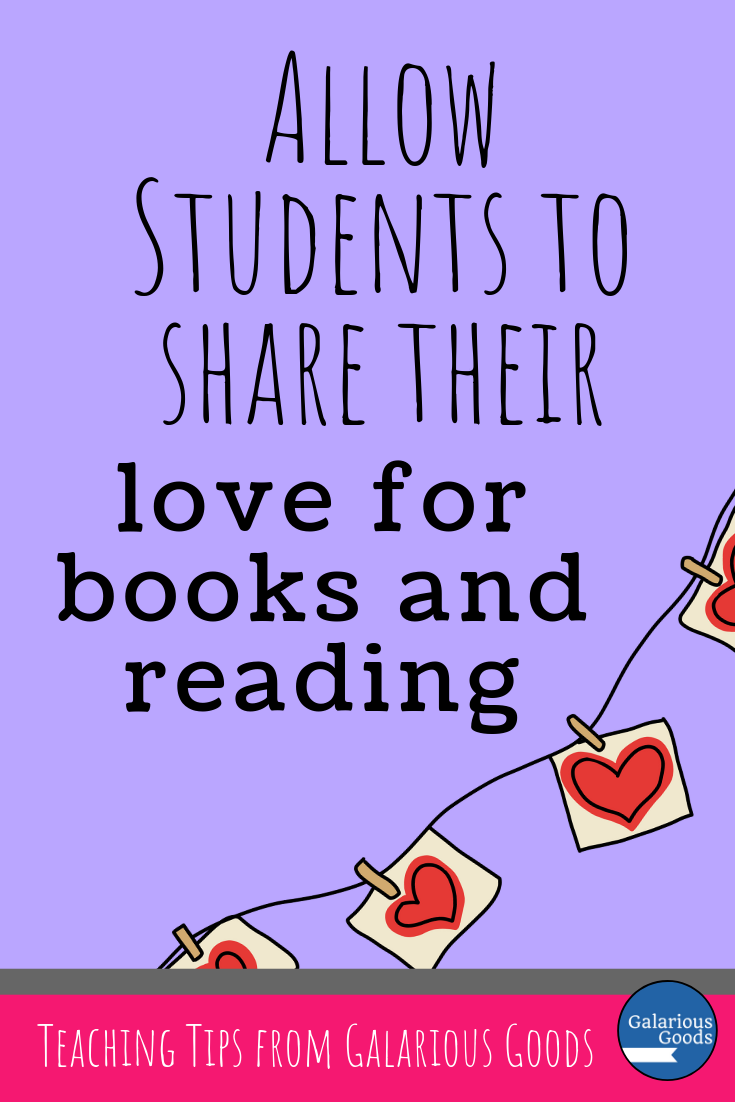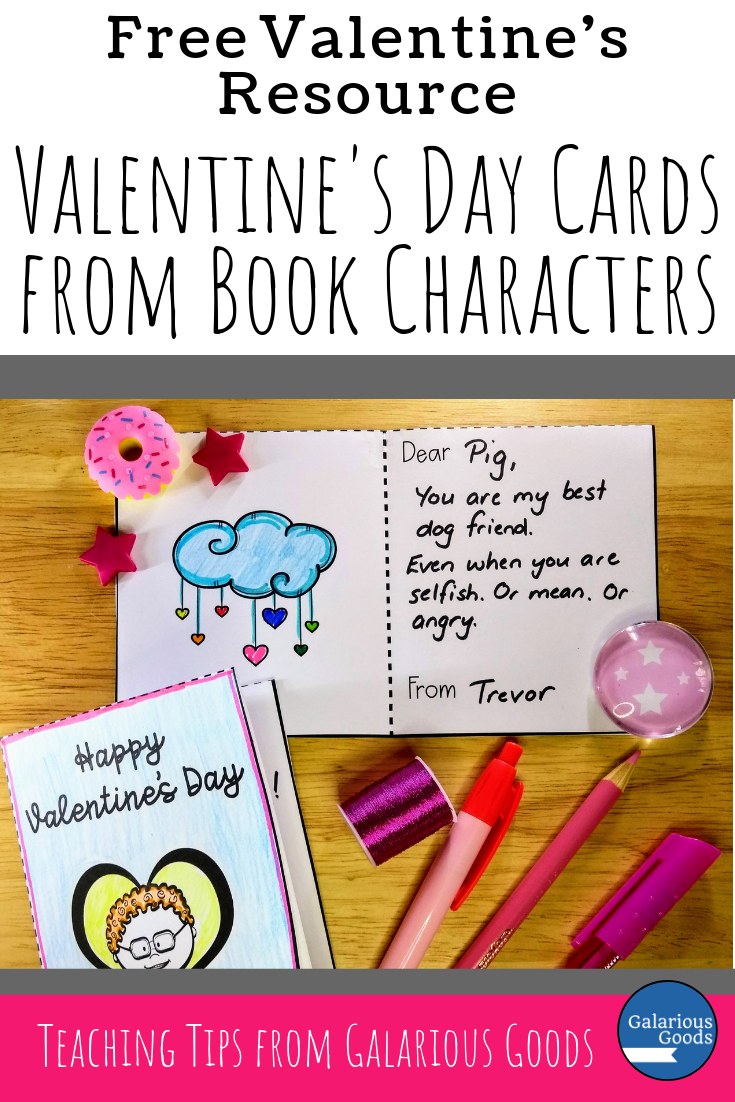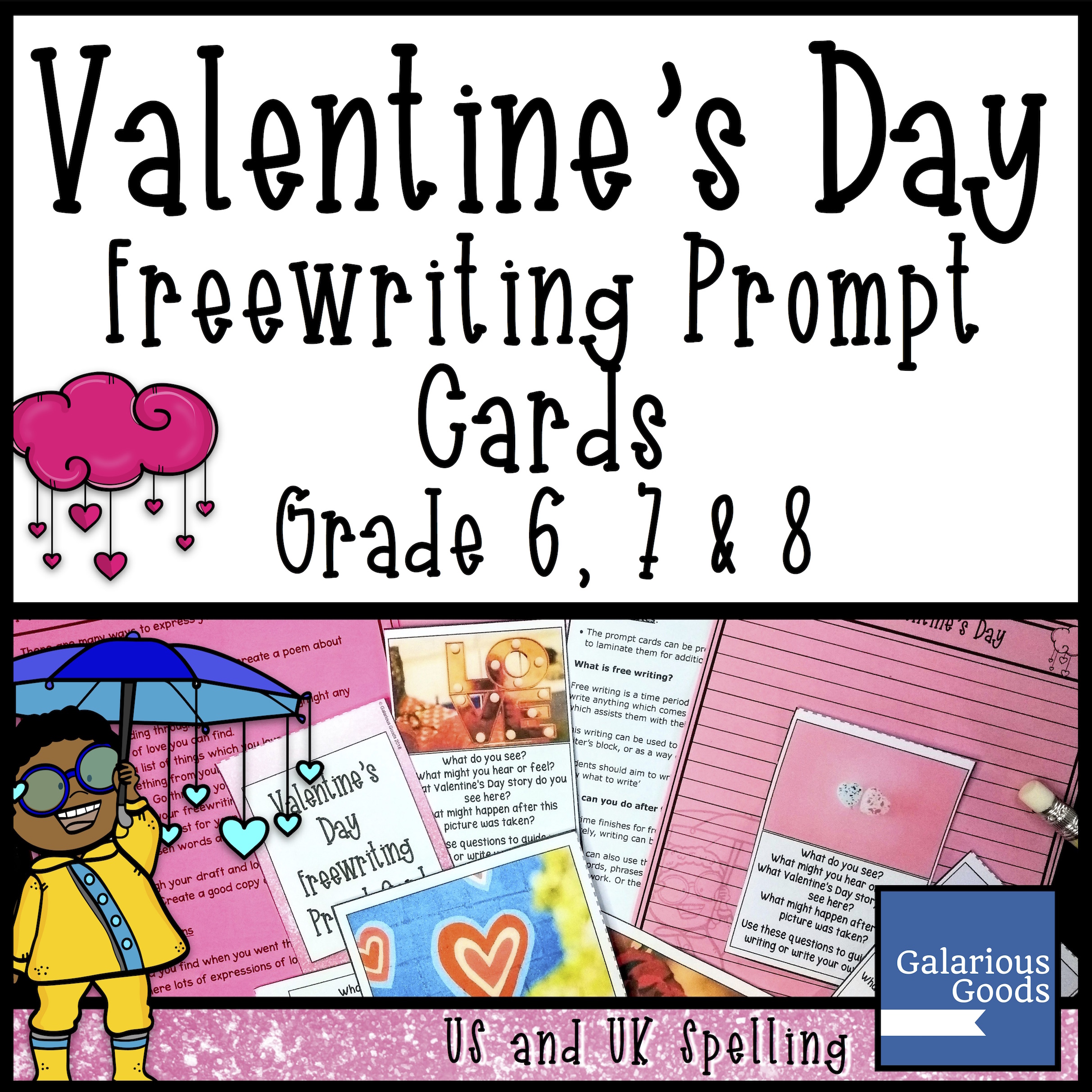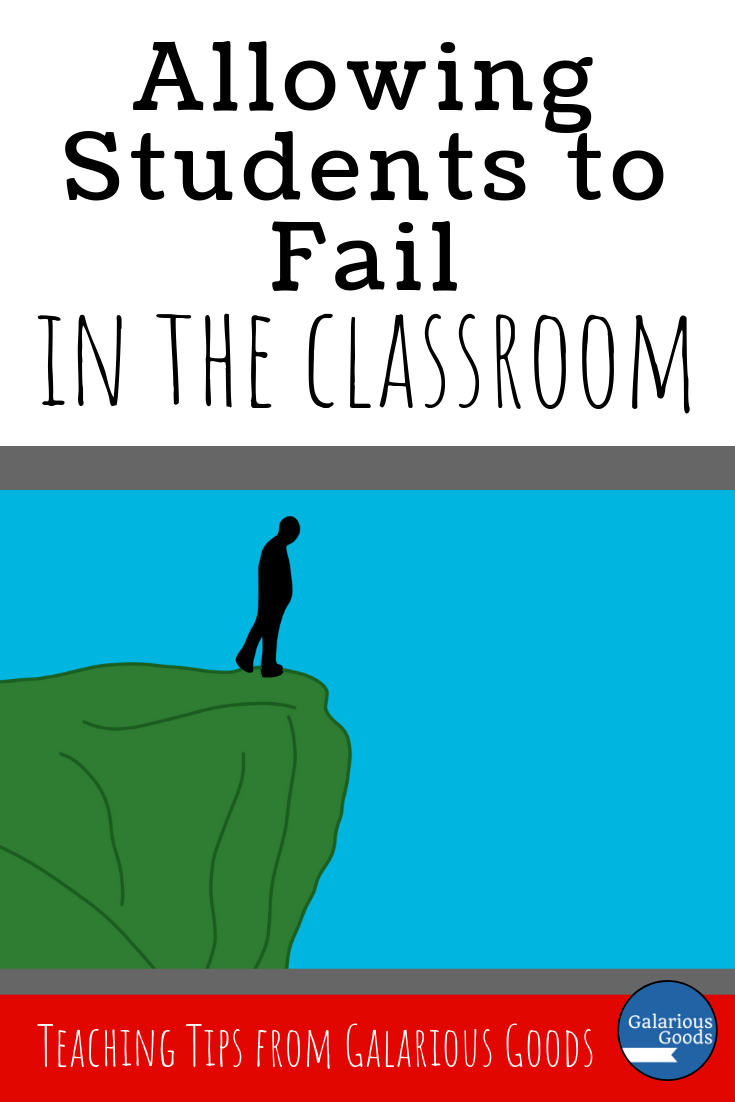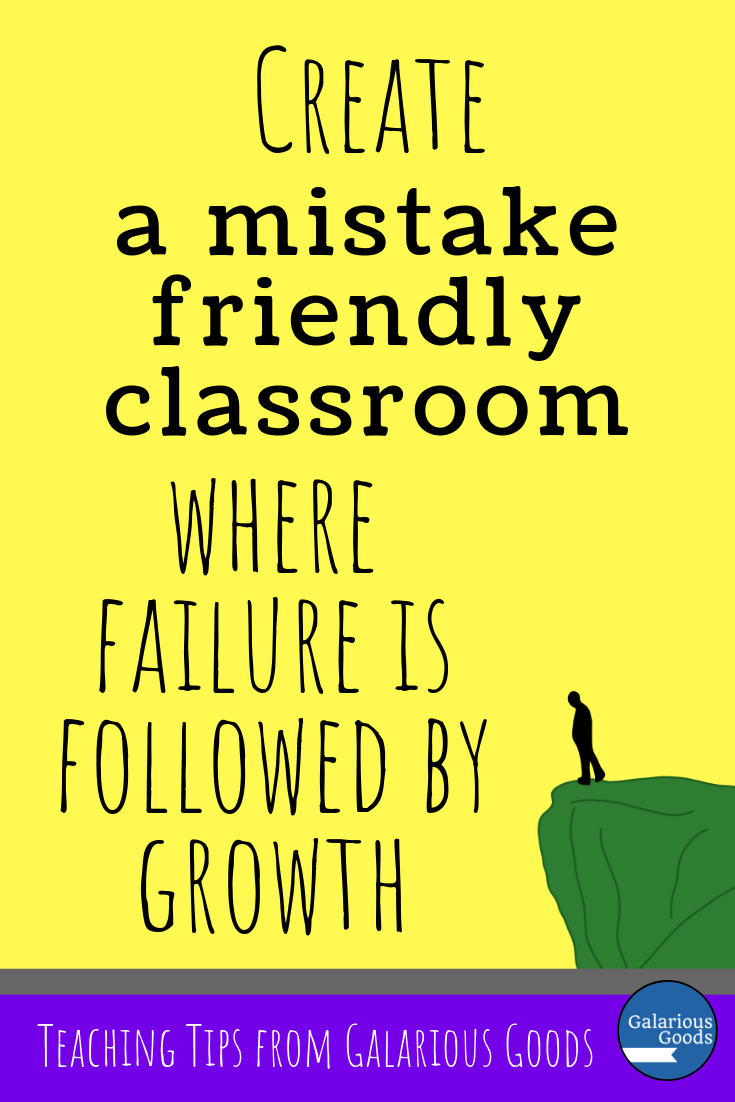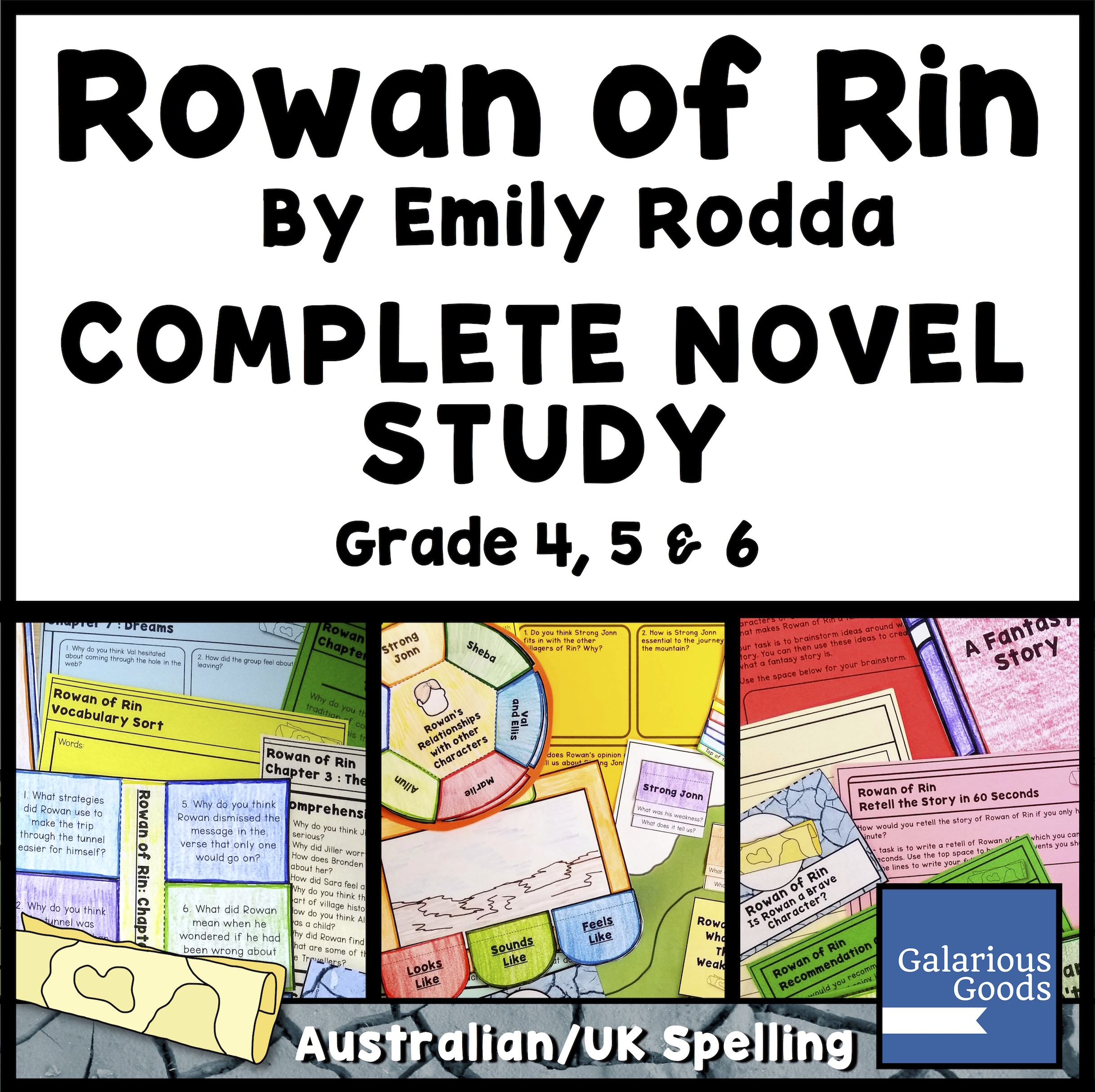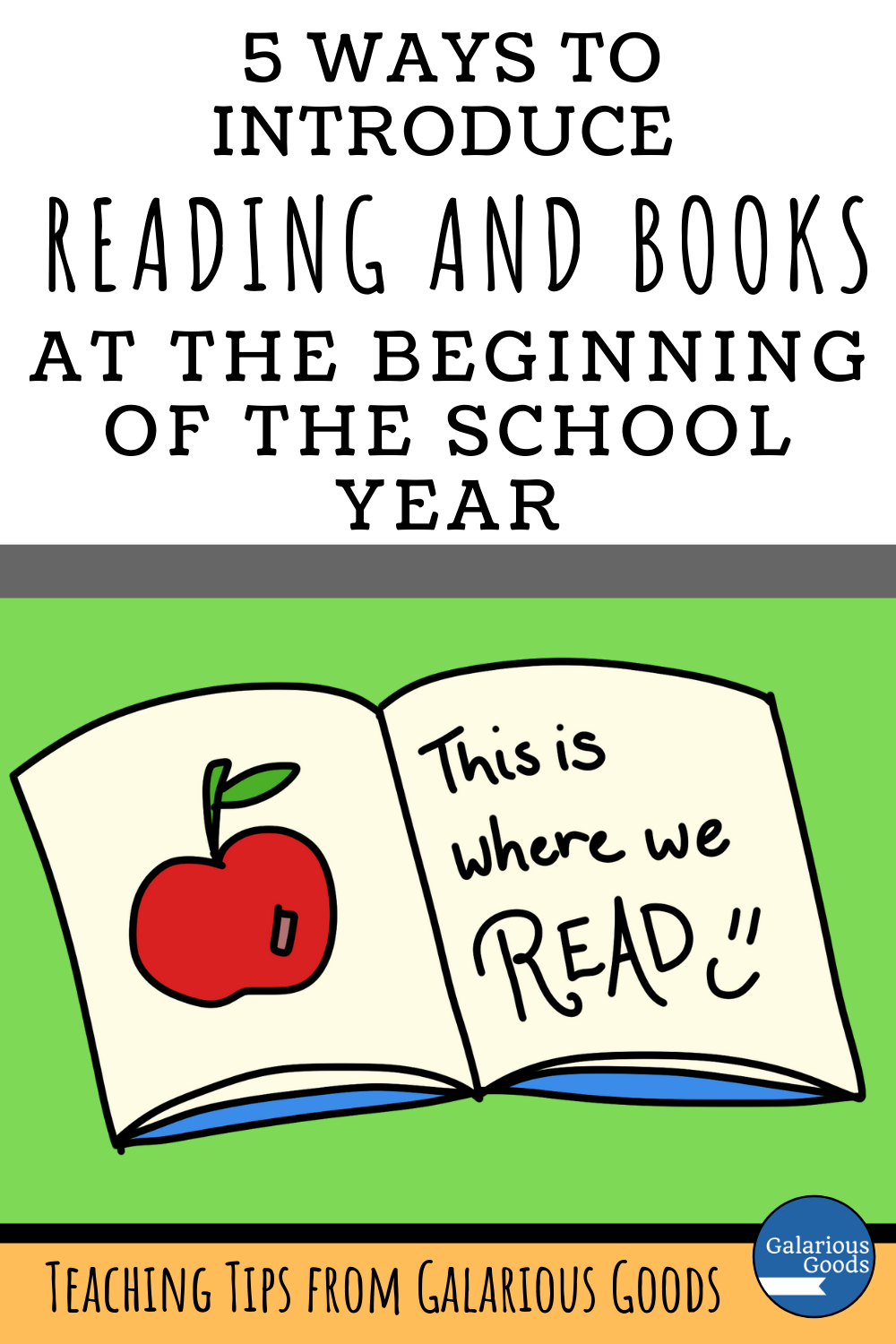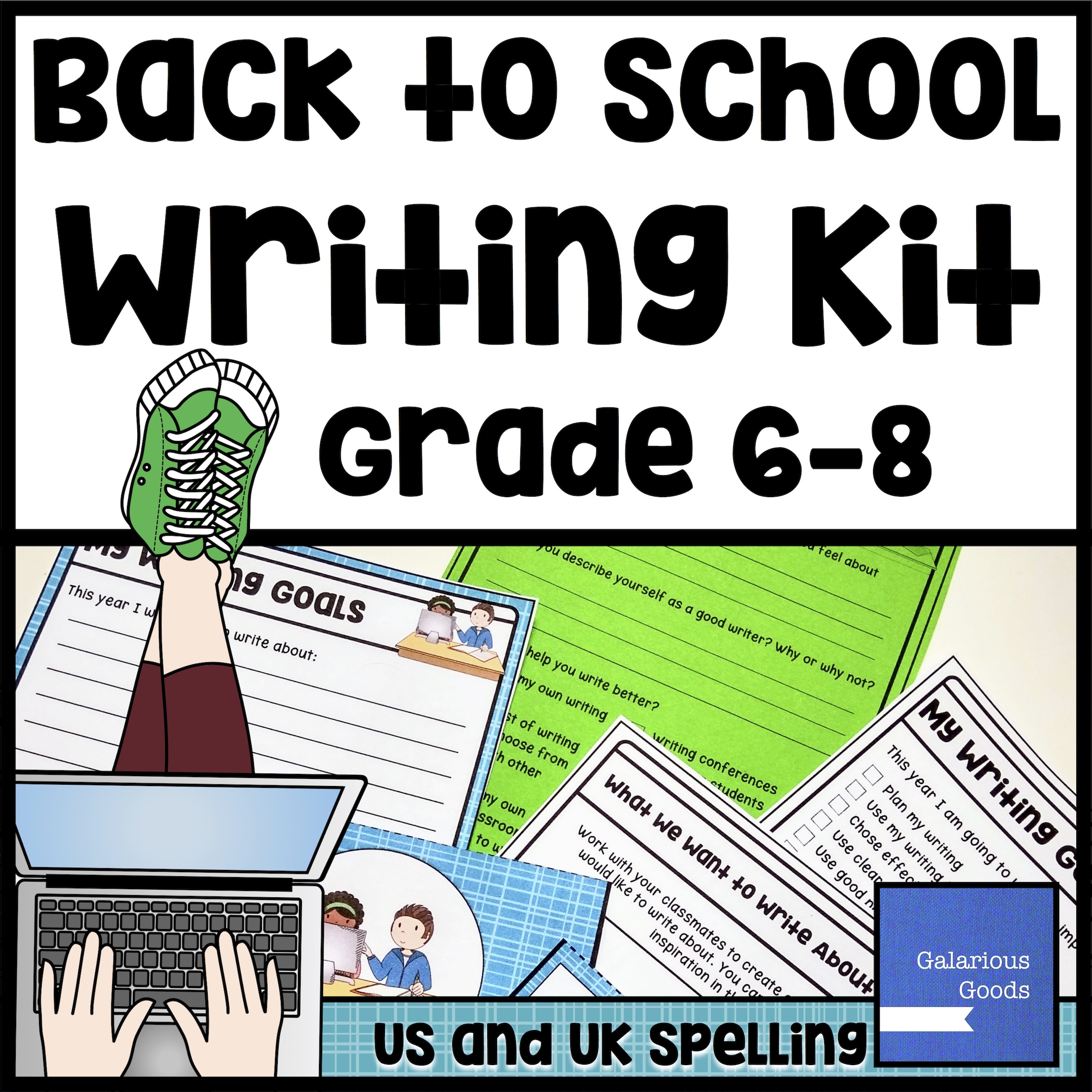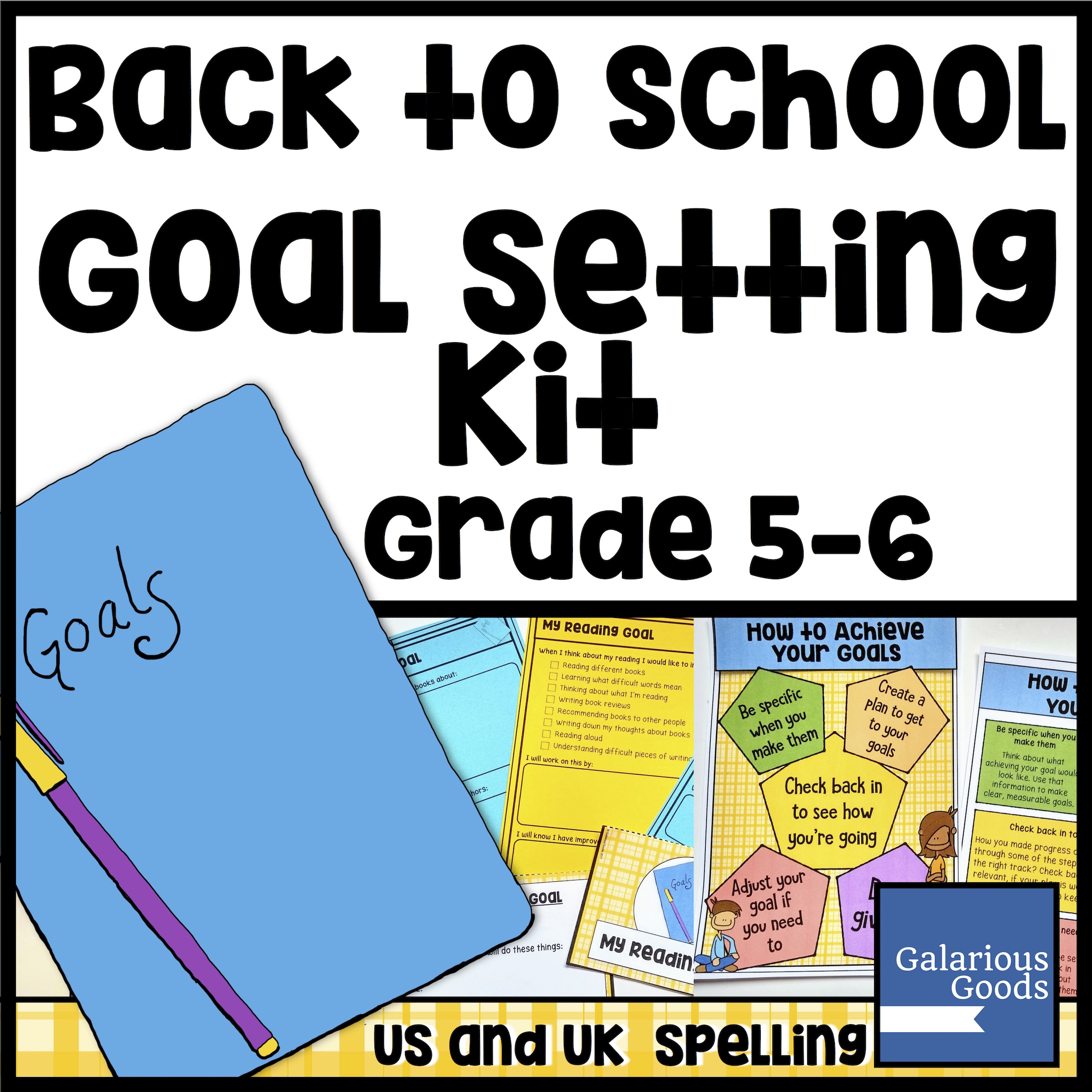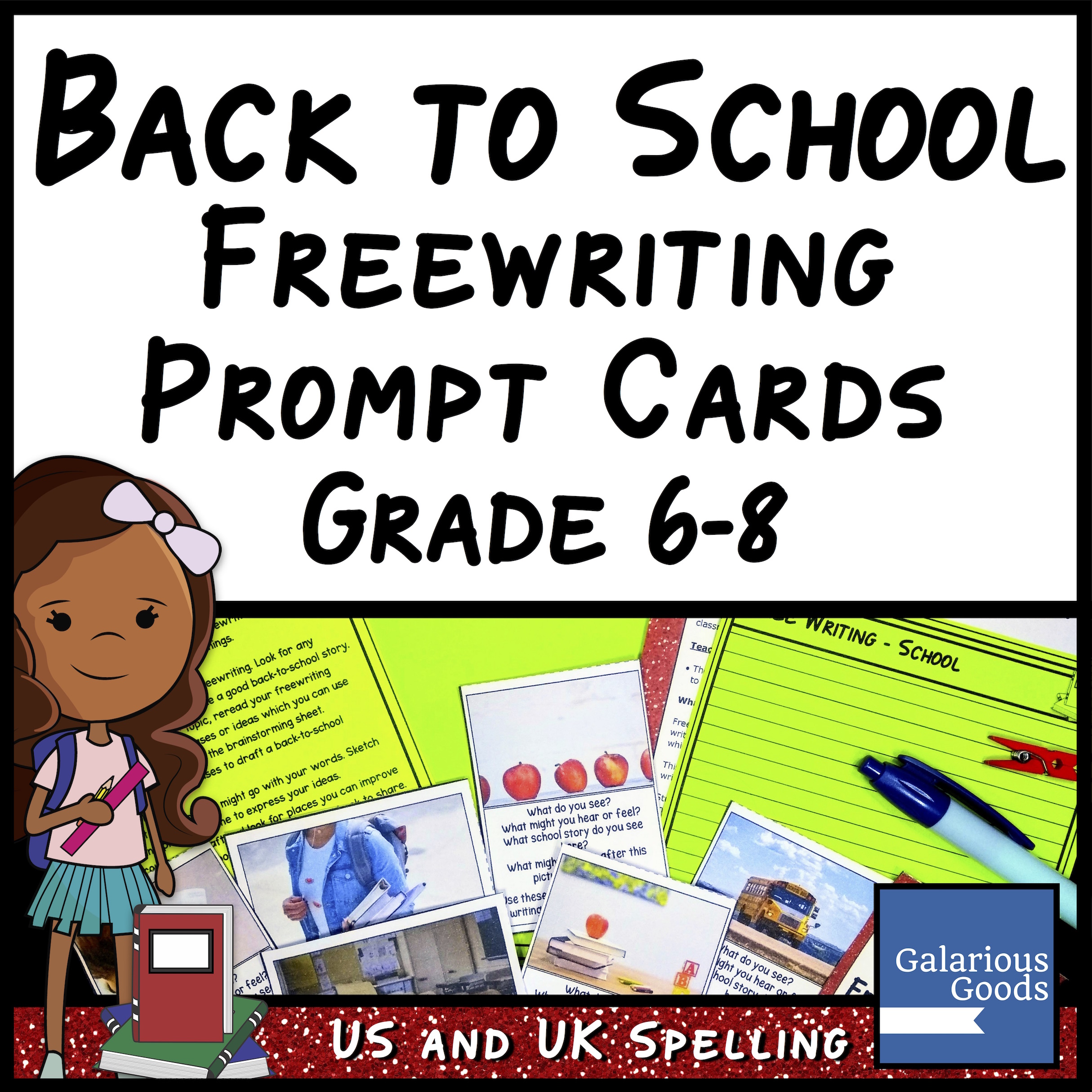Celebrating Valentines Day in the Reading Classroom
/While we can’t give our favourite characters a large bunch of long stemmed roses and it’s a little hard to bombard our favourite authors with chocolates and declarations of love, we can bring the spirit of Valentine’s Day into our reading classrooms and celebrate all we love about reading and books.
Celebrating the Books and Characters We Love
Valentine’s Day is a great time to celebrate everything we love about our favourite books and characters. Whether it’s the small celebration of a classroom activity or a complete Valentine’s Book Love Party, sharing affection for favourite books and characters consolidates the classroom as a place where reading is valued.
How can your students show this love? They can write letters to their favourite characters or their favourite authors, telling them how much they mean to their lives. You can schedule a lesson full of book talks, where students share what they love about their favourite books and why their classmates should also read them. They can create images of their favourite characters and write about their lovable qualities or create Valentine’s Day cards for their favourite characters or books.
Taking it a little further, students can examine the qualities of a popular book or series and discuss why it is so loved. They can analyse why ‘bad guys’ are often loved by readers, or how to make an unlikeable character more likeable.
By acknowledging that emotion - falling in love with books and characters - is an important part of a reading life, we allow students to see reading as a lifelong pursuit - something they can have as part of their world long after school has finished.
Celebrating Friendship in Books
Friendship is a central theme in many books for children and a great comparison topic for Valentine’s Day. Whether it’s the imaginative friendship of Jess and Leslie in Bridge to Terabithia, the frenemy friendship of Erica and Alison in Hating Alison Ashley or the often life-saving friendship of Harry, Ron and Hermione in the Harry Potter series, there’s so much to explore and discuss.
Some of the things students can question and discuss:
What does a good friendship look like in books?
Which books show us examples of good friendships?
How is the friendship in one book similar to a friendship in another book?
What picture books show us friendships?
What is our favourite friendship in books?
What do books teach us about friendship?
How Would Characters Celebrate Valentine’s Day?
What kind of Valentine’s Day celebrations would Pig the Pug plan? Does the Green Sheep stop resting to write Valentine’s Day cards? And would Gandalf send Bilbo a Valentine’s Day card?
Imagining Valentine’s Day celebrations for book characters allows students to step into the shoes of those characters for a little while. Students can discuss the features of those characters, what they would be likely to say or do, or how they might interact with other characters in an unfamiliar situation.
One activity students could engage in is writing Valentine’s Day Cards from one character to another character. This could be from a book you are studying as a class, books your students love or a brand new picture book you introduce to your students on the day.
Whether you just engage in a small book based activity or you plan a whole lesson of Valentine’s themed book celebrations, there’s so many ways to celebrate a class love of books on Valentine’s Day!

